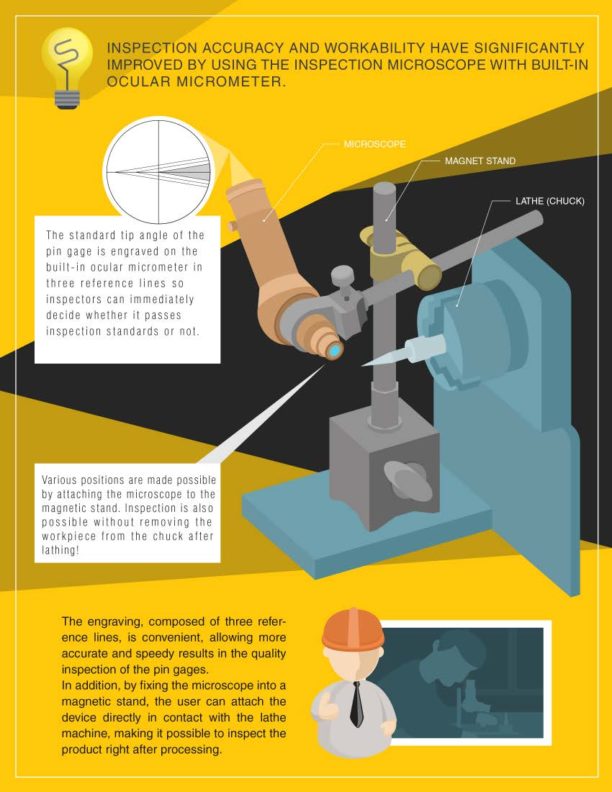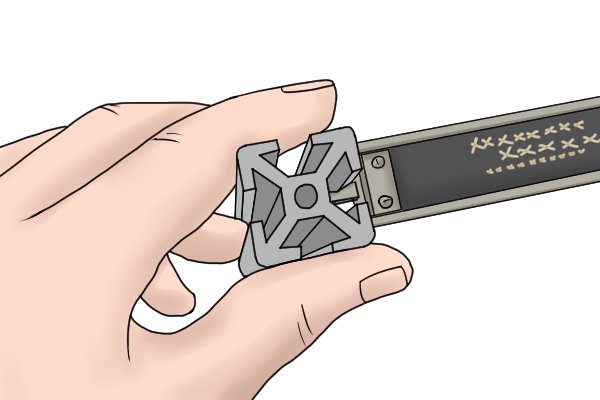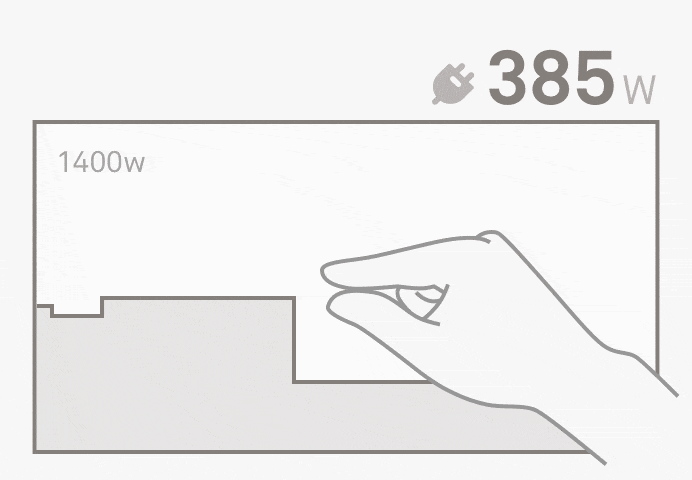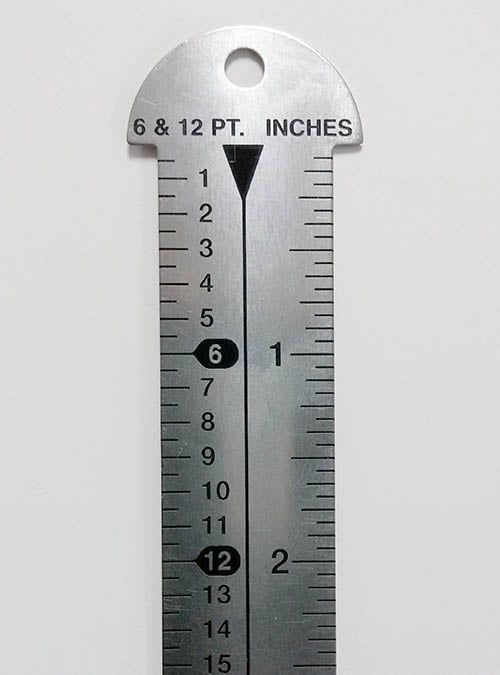

All these potential hazards and health issues need to be assessed before field work begins. If your access to outcrops is via boats, or your field site begins on the sea floor, there will be an additional set of safety requirements such as life jackets, water conditions, tides, marine weather reports, ports of refuge, spare engines and fuel. The relevant safety issues will depend on the type of terrain you are working in, weather conditions, wild life, the degree of isolation (are you going out for the day or an extended period?), communications (are mobile phone, satellite, or radio communications available), mode of transport, personal health concerns (are you allergic to bee stings, snake bites, crocodiles?). Most teaching and research institutions, and companies actively involved in field work will have an exhaustive list of potential hazards and safety concerns. An umbrella may look foolish, but I assure you they come in handy – particularly those wrap-around bubble types. It is a good idea to have one of these even if you use a digital notebook-tablet – this kind of redundancy is recommended because there WILL BE accidents with your field notes and maps. Water-proof field note book and more than one pencil, and a dry-bag to put them in.And, if you can get them, vertical aerial photographs satellite images may also work, again depending on the scale of your project (e.g. Topography maps at a scale suited to the task at hand, depending on the scale of your section and the scope of your field mapping.A compass for strikes, dips, paleocurrentmeasurements, and structural attributes, The compass inclinometer can also be used on the Jacob’s Staff.You will need to correct each measurement for dip. A tape measure (if you cannot find or make a Jacob’s Staff) a tape measure is useful for measuring the thickness of thin beds and crossbeds.It allows you to measure true bed thickness directly.

This is one of the best pieces of equipment ever invented – it dates to the 14 th century where it was used for geographic and astronomical measurements. The inclinometer is set at the local dip (that you have already measured).

Make sure it has a decent inclinometer and bubble level attached with a lock-nut so that it doesn’t fall off (if it does fall off it is bound to drop into a crevice or down a cliff).

Some ideas on field measurement of stratigraphic sections


 0 kommentar(er)
0 kommentar(er)
